ARTICLE AD BOX
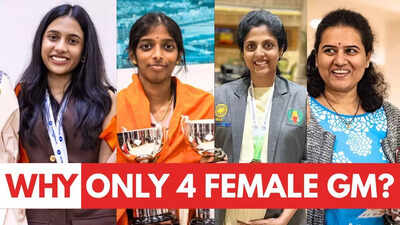
GM Divya Deshmukh, GM Vaishali R, GM Harika D, and GM Koneru Humpy (left to right)
NEW DELHI: In a nation of over 1.5 billion people, every milestone carries weight. However, some triumphs go beyond personal accomplishments as they shed light on uncomfortable truths.
Divya Deshmukh’s recent victory at the FIDE Women’s World Cup was one such moment.At just 18, the Nagpur-born became India’s 88th Grandmaster (GM), joining an elite club that represents the pinnacle of chess achievement across the globe. But hidden behind the applause and accolades lies a sobering fact: Divya is only the fourth woman from India to earn that tag. In a country with one of the world’s fastest-growing chess ecosystems, why have only four women made it to the top, while more than 80 men have done so?The disparity is not just statistical; it’s symptomatic of a deeper issue.Go Beyond The Boundary with our YouTube channel. SUBSCRIBE NOW!For GM Harika Dronavalli, the road to success began with something deceptively simple.“I was introduced to chess at a young age by my family, and while I enjoyed it, the moment that truly sparked my drive was seeing a rolling trophy being awarded to the winner of a local tournament,” Harika, who began her chess journey at the age of seven, tells TimesofIndia.com.“That stayed with me.
I wanted to win one myself. The following year, I went on to win the National Championship in my age category. That victory changed everything.”That change set her on a journey that led to global recognition, but it wasn’t always easy.“Back then, chess didn’t get as much public attention or sponsorship support,” she recalls. “It was hard to sustain motivation. The respect that young players receive today was much harder to come by when I was starting out.”
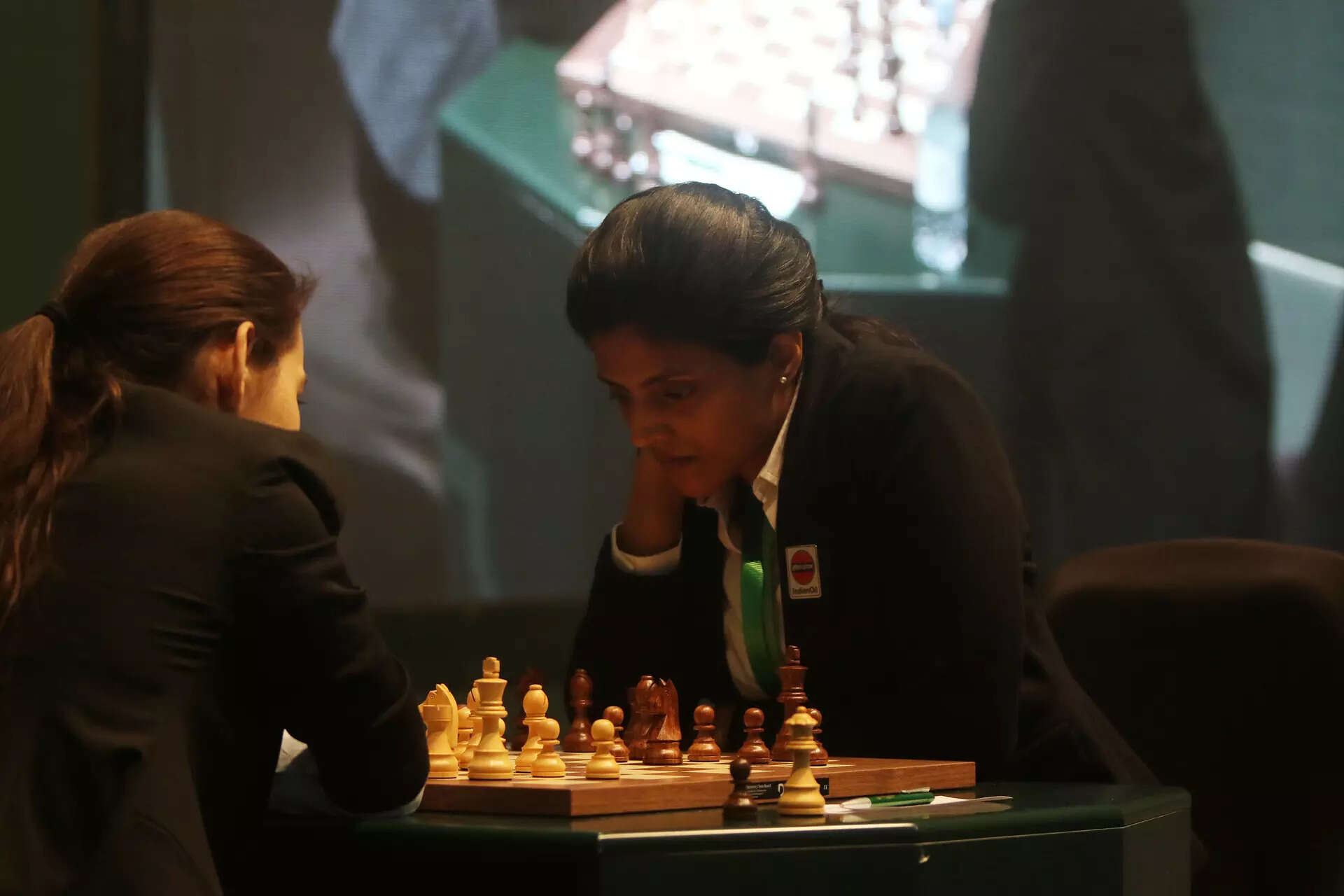
Chess player Harika Dronavalli (R) (Photo by Salah Malkawi/ Getty Images)
Yet Harika is quick to clarify that her struggles were not always gender-specific. “I wouldn’t say I faced challenges that were specifically because of my gender. I’ve been fortunate in that regard,” she explains. “But girls are not pushed to pursue ambitious goals in the same way boys are. That’s a reality. The talent is certainly there, but societal expectations often clip those wings early. If we nurture aspirations from a young age and provide the right support system, coaching, competition, and confidence, we’ll start to see that gap close.
”GM Srinath Narayanan, a coach and one of the country’s most respected chess minds, has spent years working with India’s top players, both men and women.When asked why India has only four female GMs, his response is both clear and layered.“There are several interrelated reasons. Chess, like many other fields, reflects broader societal patterns. Girls in India often face more pressure to prioritise academics or domestic responsibilities over sports.
Also, chess demands sustained investment: time, travel, coaching, and families may hesitate to support girls long-term in such a career,” he says."There is a noticeable drop-off after the age of 13-15, when many promising girl players slow down or quit. Safety concerns during travel, and even during training also put girls at a disadvantage.
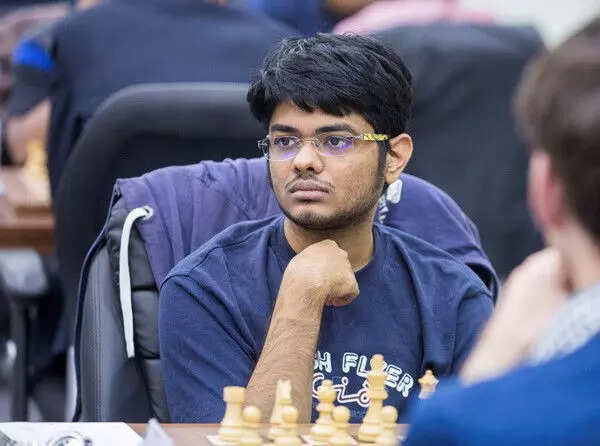
Srinath Narayanan
“From a very young age, boys compete in stronger open pools with other boys, while girls compete in a weaker pool with other girls.
That has long-term consequences. Competing in a weaker field limits their growth. The women who’ve gone on to break these shackles often compete in open sections from a very young age. But that’s not an easy decision. Being the best woman player in the world offers more comfort and security than being number 100 in the open section, which doesn’t get you very far financially.
So women are incentivised to compete only among themselves, where the ceiling is much lower.”This entrenchment of gendered expectations creates a self-fulfilling prophecy.“The mindset that men are superior to women in chess is not helpful,” the 31-year-old Grandmaster adds. “Although this is completely untrue, repeating it enough times makes it part of our belief system. A belief of being inherently inferior causes lower confidence levels, lower expectations, and becomes a self-limiting factor."Chess is expensive, and unless a player has strong backing, it’s tough to keep going, especially without immediate results.
As girls grow older, there’s often more pressure to conform to traditional roles, prioritise academics, or opt for “safer” career paths."International Master (IM) Vantika Agrawal, one of the most promising young female players in India, a three-time gold medalist at the Chess Olympiad, and Arjuna Award recipient, points to several practical roadblocks, with one of them being the difficulty in playing tournaments abroad as they offer higher ratings and better chances to win a GM norm (a player must earn three GM norms and cross the 2500 FIDE rating mark to become a GM).
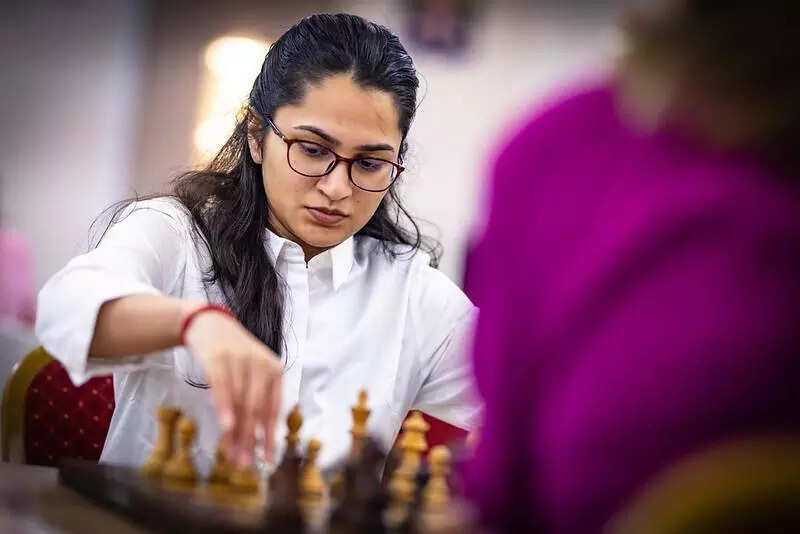
Vantika Agrawal
“It is financially challenging to play a lot of tournaments abroad. They need an accompanying person to travel with them, while boys start travelling alone from an early age,” the 23-year-old explains."Female players don’t get much opportunity to play with much stronger players, which hampers their growth. Playing in only female tournaments can lead to a lack of exposure to different styles of play.“And our society is still male-dominated.
Women don’t get equal opportunities and support.”Vantika is candid about what needs to change.“Female players need financial support so they can gain experience playing higher-rated tournaments abroad and the exposure needed to reach the next level. More grandmaster round robins with (2500-2600 rated GMs) should be conducted in India, and upcoming top female players should get a chance in that. It will help them to improve and achieve norms faster."Sreekar Channapragada, co-founder of MGD1, which manages many of India’s top Grandmasters, agrees that the root of the problem is structural.“The simplest answer is a lack of support. There is insufficient backing from parents, coaches, federations, and even sponsors. That makes it hard for girls to see chess as a real career path. Fewer of them stick with it, and that means fewer potential female Grandmasters,” Sreekar opines.“There is a need to nurture belief in female players that they are not held back in any way from competing at the highest levels. They can compete in the open category and still come out victorious. We often see belief at a young age. But it fades as they grow older. That needs to change.”ALSO READ: 'Security protocol': Why Divya Deshmukh played World Cup-winning move inside empty venueSo what can be done?The answers are many, but they converge on one point: there must be coordinated action from every stakeholder in the chess ecosystem.
Parents must encourage their daughters’ ambitions. Coaches must scout and mentor female talent with long-term plans. Federations must create inclusive policies and prioritise female representation. Sponsors must step up with committed financial support. And most of all, society must believe, truly believe, that girls can be Grandmasters not in spite of their gender, but regardless of it.Divya Deshmukh’s GM title, earned despite having no norms before the Women’s World Cup, is a monumental moment in Indian chess history, but it should not remain an anomaly. It should be a spark. Because the real victory will come when her story is not exceptional, but expected.



.png)
.png)
.png)
















 17 hours ago
7
17 hours ago
7






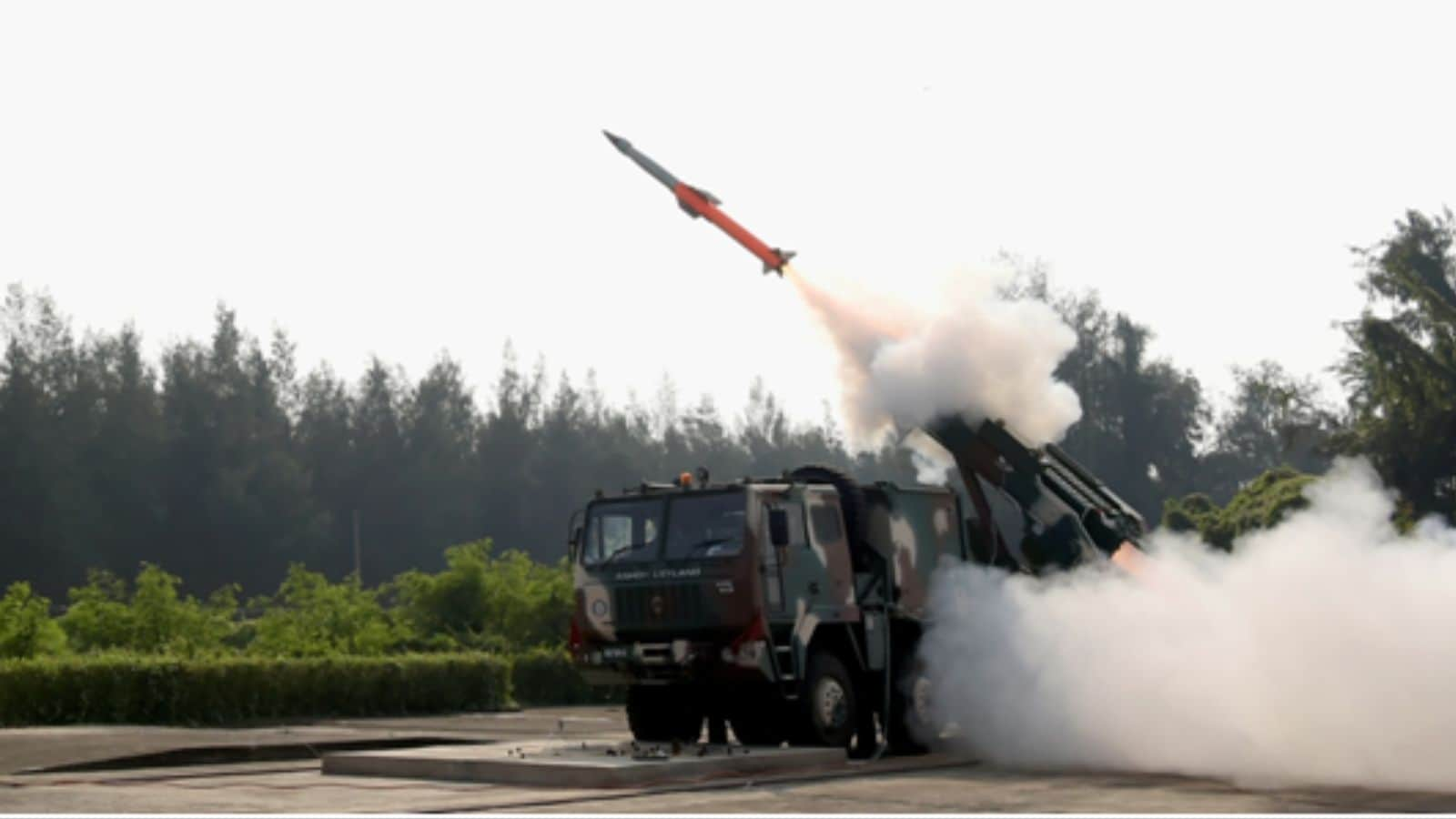


 English (US) ·
English (US) ·